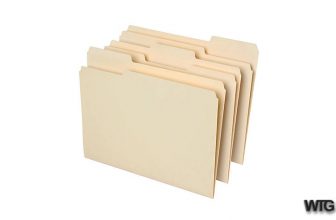
CSS should be written across multiple lines, except in very specific circumstances. There are a number of benefits to this:
- A reduced chance of merge conflicts, because each piece of functionality exists on its own line.
- More ‘truthful’ and reliable
diffs, because one line only ever carries one change.
Exceptions to this rule should be fairly apparent, such as similar rulesets that only carry one declaration each, for example:
.icon {
display: inline-block;
width: 16px;
height: 16px;
background-image: url(/img/sprite.svg);
}
.icon--home { background-position: 0 0 ; }
.icon--person { background-position: -16px 0 ; }
.icon--files { background-position: 0 -16px; }
.icon--settings { background-position: -16px -16px; }
These types of ruleset benefit from being single-lined because
- they still conform to the one-reason-to-change-per-line rule;
- they share enough similarities that they don’t need to be read as thoroughly as other rulesets—there is more benefit in being able to scan their selectors, which are of more interest to us in these cases.
reference: csswizardy






